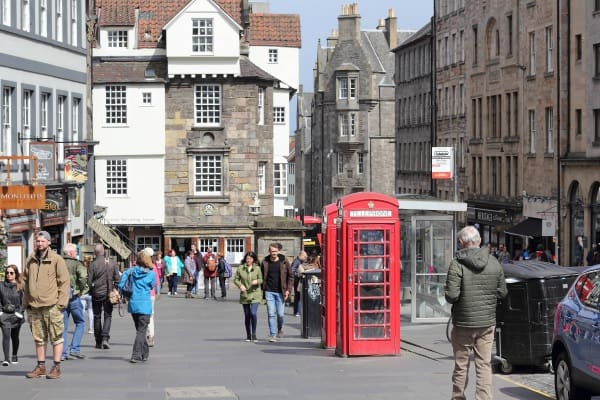Retailers in London’s West End are expected to be hardest hit as the largest properties occupied by the RHL (retail ,hospitality and leisure) sector faces a £600 million surge in business rates next April according to business rates experts at Colliers.
Colliers believes this illustrates how the Government’s policy to “Save the high street” through its new business rates multiplier reforms are likely to misfire.
The Non-Domestic Rates Bill, now passed in Parliament, paves the way for the business rates multiplier to be lowered from Apil 2026 for smaller retail, hospitality and leisure properties.
However, this tax cut is to be funded by increasing the multiplier (and hence business rates) on the larger commercial properties (those with a rateable value (RV) of above £500,000) in all sectors, including the larger high street retailers and hospitality businesses.
This higher multiplier can be up to 10p higher than the new standard multiplier- an effective extra 20% new tax on the larger businesses.
Colliers and other critics have consistently said the legislation has been poorly thought through and was rushed through Parliament. It has been pitched by the government as a way of helping the high street – by shifting the tax burden away from high street retailers to make the online giants pay more in tax. However, as John Webber head of Business Rates at Colliers points out, the new legislation will actually create more damage – by impacting the larger stores and supermarkets on the high street, which often act as anchor tenants for other stores and encourage footfall in UK town centres.
Colliers has estimated that larger food stores, as well as larger shops and retail warehouses will see rises of over £400 million per annum in terms of their rates bills. The grocery sector will also be impacted- around 90% of the property portfolios of Tesco, Asda and Sainsbury’s have RVs above £500,000. And the larger suppliers to food stores- manufacturing, factories, warehouses including the larger bakeries and dairies will all see millions of pounds in extra costs.
Colliers has examined the impact the new legislation will have on a number of our city centres across the country, by examining the number of retail/leisure/hospitality businesses that either have an RV of over £500,000 or are likely to have by next April (following the 2026 Revaluation).
Looking more closely at retail alone, new figures from Colliers show there are 335 retail properties in the West End, including Knightsbridge that are likely to exceed the £500,000 RV threshold next year. Colliers estimate rateable values in this area could increase about 30 per cent following the 2026 Revaluation. With the high multiplier expected to be around 55p in the pound, annual liabilities for these properties are projected to jump from £212 million to £274 million a year. This equates to an average increase of £182,727 per property- a massive leap. Occupiers of multiple properties in the area will need to brace themselves.. No wonder so many retailers and hospitality businesses have been raising their voices in alarm.
The outlook looks even more difficult for the sector, given it is facing the 2026 Business rates Revaluation, which will come into effect in April 2026. The draft list will be published at a similar time to the announcement of the 2026/27 multipliers. The current rating list (2023) was based on rental levels as of April 2021 which were affected by Covid, but given the new list is based on rental levels as at April 2024, well after Covid, we expect rents to have increased in this period. This will impact rateable values. Colliers estimate RV rises overall for the retail sector to be around 20-25%.
As John Webber comments, “This whole new policy is nuts. At a time whilst our high street is suffering with the cutting of reliefs for the small stores and the hike in employment costs with the increase in employer national insurance contributions and the national minimum wage, why does the government think it is sensible to hit the bigger retail, hospitality and leisure players- the ones that provide anchor tenants for the high street, attract footfall and create the jobs- by an even more punitive business rates taxes?”
“Whilst we won’t know exactly what the new multipliers will be until the Autumn Budget, nor the actual rateable values of the properties in the new list until draft list is published at a similar time, there is no doubt there will be substantive rises for the sector. Businesses are therefore preparing for the worst and it would not be surprising if property expansion plans or hiring plans are put on hold.”
And even the smaller RHL businesses, who will be the beneficiaries of the lower multipliers, may find this is a hollow victory. This year, these stores faced cuts in business rate reliefs, which will be entirely removed next year. They too may well see steep rises in their rateable values in the new list, which will counter any benefits from the lower multiplier.”
He concludes, “ What we had hoped to see from Labour’s business rates policy was a lower multiplier across the board, rebasing it to a 35p in the £ tax, something which all businesses could afford and which would stimulate growth and investment; and to simplify an already over-complicated system. Instead, we will have a system that is even more complicated and looks likely to damage rather than save the high street, stifling investment and growth.”

